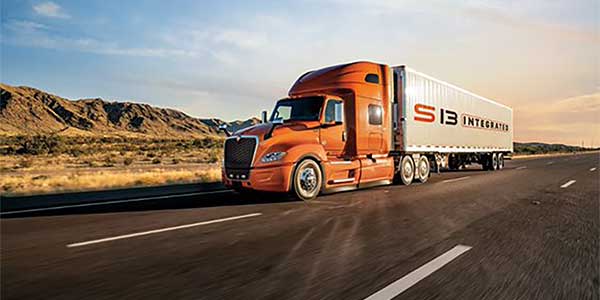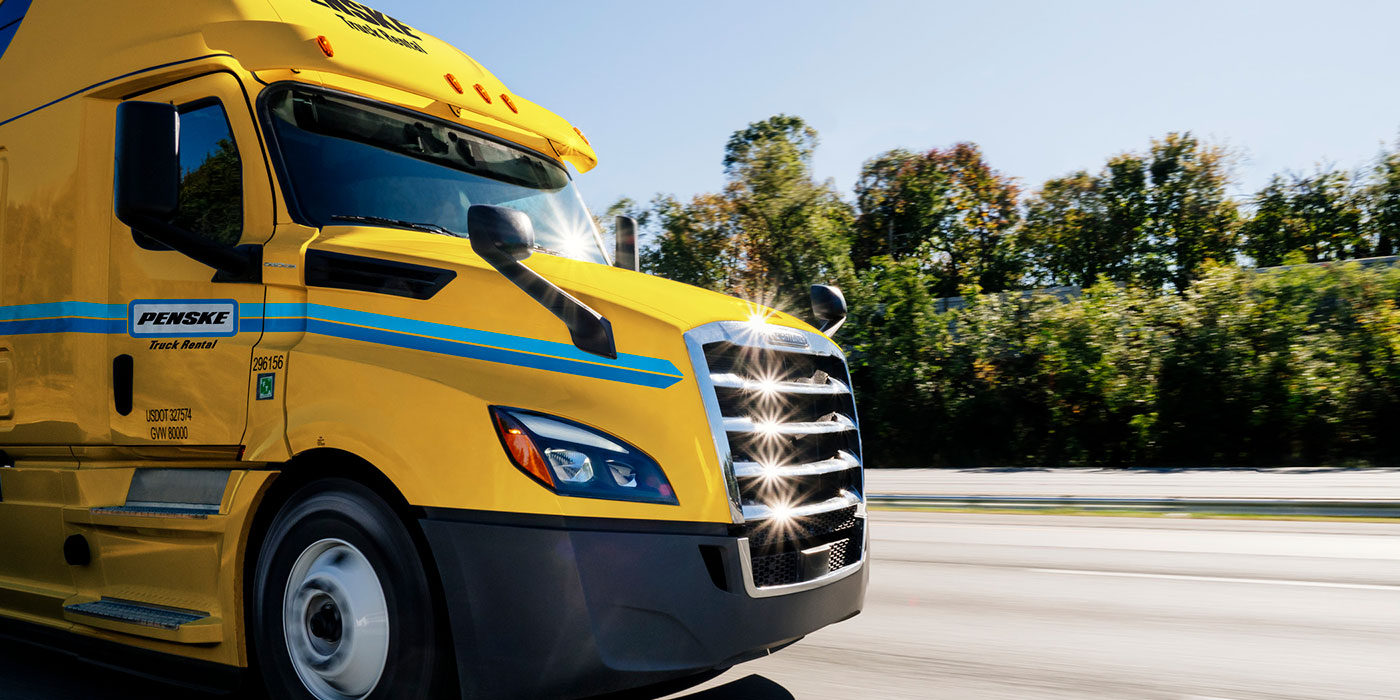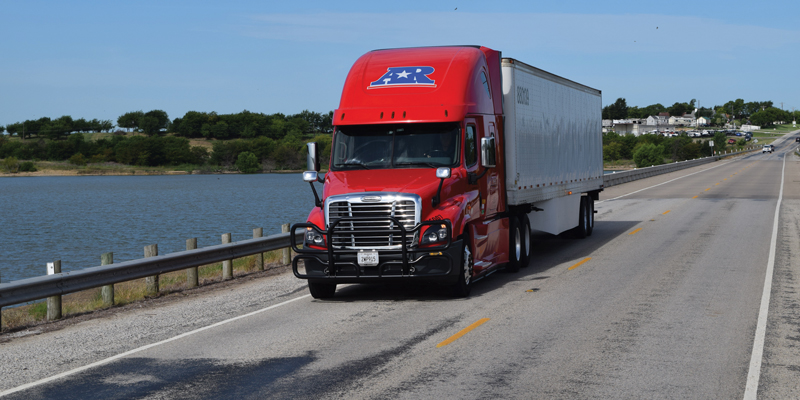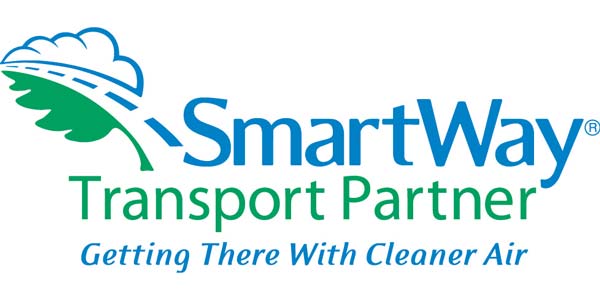EPA’s SmartWay Partnership continues to grow rapidly because of the financial advantages offered to both participating fleets and shippers. There is also the satisfaction of knowing that, as a company, you are acting as a responsible citizen in reducing your carbon footprint. Many SmartWay Partners have found similar advantages available through another EPA effort, its National Clean Diesel Campaign (NCDC).
Because of both regulations and voluntary efforts on the part of the nation’s trucking industry, newer trucks on our highways today are powered by diesel engines that are much cleaner than ever before. But diesels have a long life; many diesel trucks that are 20 or even 30 years old are still operating. As a result, many trucks are still in use that do not have any exhaust emissions controls at all.
EPA’s National Clean Diesel Campaign works with fleet operators, manufacturers, air quality professionals, environmental and community organizations, and state and local officials to reduce diesel emissions generated by these legacy engines. The EPA estimates that every dollar spent on cleaning in-service diesels results in a savings of $13 in health and economic benefits. The NCDC program offers strategies and programs to help make these engines cleaner, as well as funding to build diesel emission reduction programs that improve air quality and protect public health. These include, but are not limited to:
• Install diesel retrofit devices with verified technologies
• Maintain, repair, rebuild and repower engines
• Replace vehicles and equipment
Retrofitting diesel engines is one of the most cost-effective ways to reduce diesel emissions. The term diesel retrofit includes the use of any technology or system that achieves emission reductions greater than that required at the time the engine was originally certified. Diesel retrofit projects include the replacement of high-emitting vehicles/equipment with cleaner vehicles/equipment (including hybrid or alternative fuel models), repowering or engine replacement, rebuilding the engine to a cleaner standard, the installation of advanced emissions control technologies (such as particulate traps or oxidation catalysts) or the use of a cleaner fuel. For example, diesel oxidation catalysts can result in a per vehicle particulate matter reduction of 20% to 40%. Diesel particulate filters reduce particulate matter up to 90% per vehicle.
To the credit of NCDC, it has established a formal verification program designed to evaluate the emission reduction performance of retrofit technologies, including their durability, and identify engine operating criteria and conditions that must exist for these technologies to achieve such reductions. Through this process, NCDC hopes to instill confidence that the claimed emission reductions will be achieved. The process includes a thorough technical review of the proposed technology, as well as tightly controlled testing to quantify statistically significant levels of emission reductions.
An important required element of the process is an in-use test component intended to confirm that the technology is performing as stated by the manufacturer, as well as to confirm the percent reduction. Once technologies are placed on the verified technology list and 500 units are sold, the manufacturer is responsible for conducting in-use testing on field-aged devices and reporting the results to EPA. In-use testing is performed during two different stages of the useful life of the technology. The first phase is done when units achieve 25% of their durability life; the second at 75%. This in-use test element is critical in determining whether the product will remain on EPA’s Verified Technology List.
EPA’s SmartWay Clean Diesel Program issues competitive grants to establish national low-cost revolving loans, as well as other financing programs that help fleets reduce diesel emissions and save fuel. For more information about clean diesel funding or technologies, call 1-877-NCDC-FACTS (1-877-623-2322), or visit www.epa.gov/cleandiesel or www.epa.gov/smartway.













